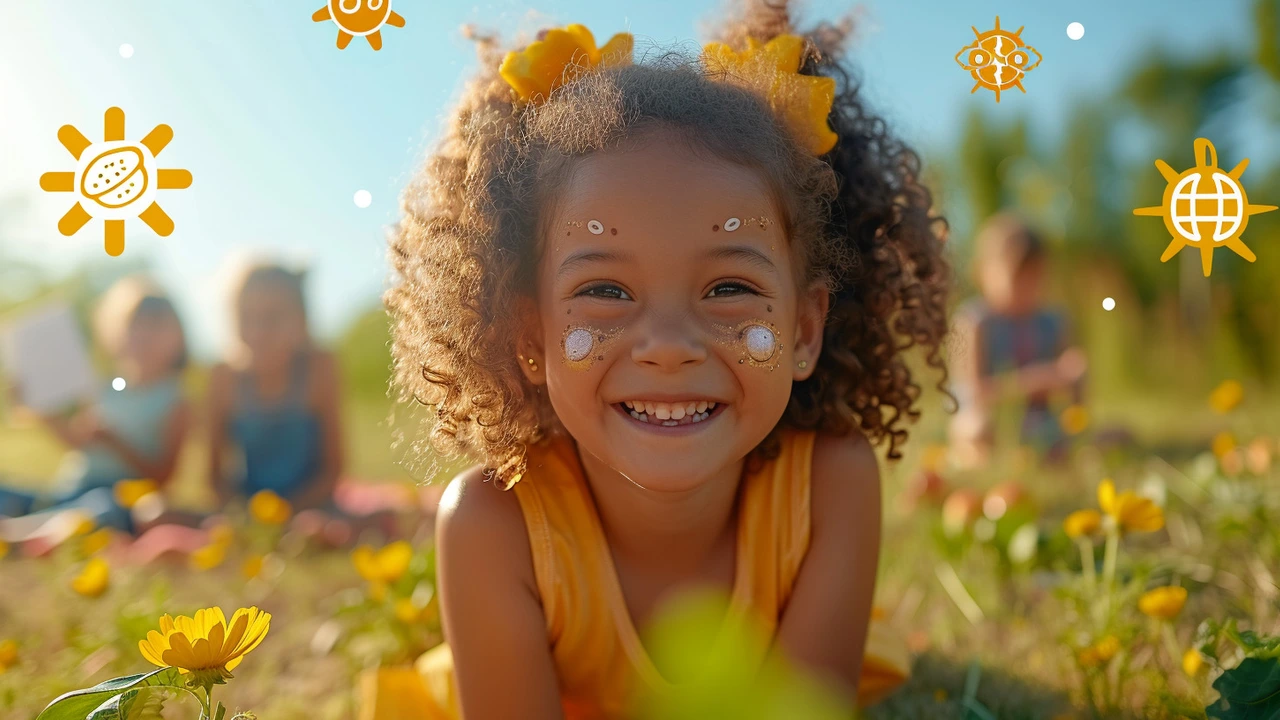Dance as Fun: Move with Your Dog for Exercise and Bonding
Want a simple, joyful way to exercise your dog and build a better bond? Dancing together does that. It’s low-cost, flexible, and works for dogs of many sizes and ages. You don’t need pro moves—just short, fun sessions that mix movement, treats, and praise. Here’s how to make dance play safe, effective, and actually fun for both of you.
Benefits of Dancing with Your Dog
Dance play helps in three big ways: physical exercise, mental stimulation, and stronger trust. A ten-minute routine can raise heart rate, stretch muscles, and burn energy. Teaching simple steps—spin, weave through legs, or follow hand signals—keeps the dog’s brain busy. Dogs that get both movement and mental work are calmer at home and less likely to chew, bark, or overreact.
How to Start
Begin slow. Pick a quiet room with non-slip flooring and remove sharp objects. Start with 2–3 minute sessions, two times a day. Use high-value treats or a favorite toy to reward tiny steps. If your dog sits when you step back, reward that—turn it into a gentle backward shuffle. If the dog spins, mark and reward the spin, then add a cue word like “twirl.” Keep sessions upbeat and always end on a win.
Watch joints and breathing. Older dogs or dogs with arthritis need gentler moves: side steps, slow circles, and low lifts. Avoid high jumps or sudden turns if your dog has hip issues. If you’re unsure about health limits, ask your vet before starting. Track progress by noting how long your dog stays engaged and whether they show stiffness after play.
Try a simple 5-step routine: 1) walk in place for 20 seconds; 2) cue a spin; 3) weave between your legs twice; 4) backward walk for 10 seconds; 5) finish with a praise party and treat. Use music with a steady beat — about 90–110 bpm works for most dogs. Change speeds and moves across the week to keep things fresh.
Dancing together helps you too. It’s a short, fun workout, improves coordination, and eases stress. Try inviting a friend and their dog for a mini dance session in the yard — dogs feed off friendly energy and people learn faster together. If you want structure, look up canine freestyle classes or local trainers who teach fun tricks.
Start easy, watch your dog, and keep it playful. Add short dance play sessions to your week and watch energy and mood improve. Share a video or tag us to show what you and your dog can do.
Common bumps: if your dog freezes, go back to easier steps and use more treats. If they get overexcited, pause and calm praise, then shorten sessions. Use a harness for dogs that pull, and choose lightweight shoes for yourself to avoid slipping. Record short clips to check posture and spot risky turns. Little changes make a big difference—stay patient and celebrate tiny wins.
Try two sessions this week and note the change. Share tips with other dog owners and keep the fun going for months. Enjoy dancing.

Health Benefits of Dancing: Fun and Fitness Combined
If you're wondering how to combine fun and fitness, let's talk about the health benefits of dancing. As a dance enthusiast, I've discovered that this practice not only brings joy to the heart but has numerous physical benefits too. From boosting cardio health to toning muscles, dance can be a fantastic workout. What's more, it enhances mental health by reducing stress. So, from my point of view, adding some rhythm and steps to your routine can be a game-changer for overall wellbeing.

Experience the Healing Power of Stone Therapy
Aug, 18 2023



